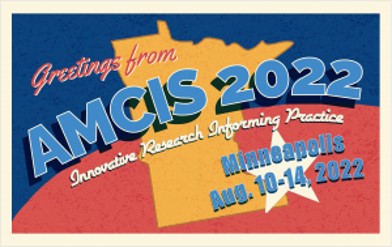SIG SI - Social Inclusion and Socio-Technical Issues
Loading...
Paper Type
Complete
Paper Number
1485
Description
Information systems anchors itself as a bridge between the information technology professionals who support technological operations and the users that leverage these tools for their own productivity end-goals. As a society, we adjust to technological innovations at different rates based on our level of exposure to and investment in continued learning. However, how we learn and what we learn are highly dependent on who we are as learners. By examining the intersectional race/ethnicity and gender representation within the higher education infrastructure and applying the individual differences theory of social inclusion to national datasets of graduate students in computer and information sciences, mathematics and statistics we create a disparate representation metric for data science-related fields. Findings suggest intersectional variation in access to the broader information economy via systematic patterns of exclusion across institutions of higher education. Finally, recommendations are suggested to curb this marginalization.
Recommended Citation
Monroe-White, Thema; Marshall, Dr. Brandeis; and Contreras-Palacios, Dr. Hugo, "Social Exclusion in Data Science: A Critical Exploration of Disparate Representation in Higher Education" (2022). AMCIS 2022 Proceedings. 9.
https://aisel.aisnet.org/amcis2022/sig_si/sig_si/9
Social Exclusion in Data Science: A Critical Exploration of Disparate Representation in Higher Education
Information systems anchors itself as a bridge between the information technology professionals who support technological operations and the users that leverage these tools for their own productivity end-goals. As a society, we adjust to technological innovations at different rates based on our level of exposure to and investment in continued learning. However, how we learn and what we learn are highly dependent on who we are as learners. By examining the intersectional race/ethnicity and gender representation within the higher education infrastructure and applying the individual differences theory of social inclusion to national datasets of graduate students in computer and information sciences, mathematics and statistics we create a disparate representation metric for data science-related fields. Findings suggest intersectional variation in access to the broader information economy via systematic patterns of exclusion across institutions of higher education. Finally, recommendations are suggested to curb this marginalization.
When commenting on articles, please be friendly, welcoming, respectful and abide by the AIS eLibrary Discussion Thread Code of Conduct posted here.



Comments
SIG SI